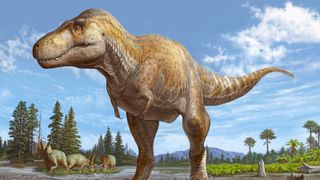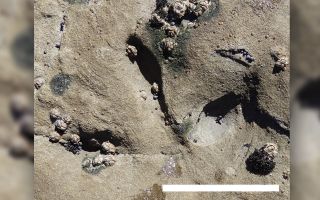Cretaceous Period
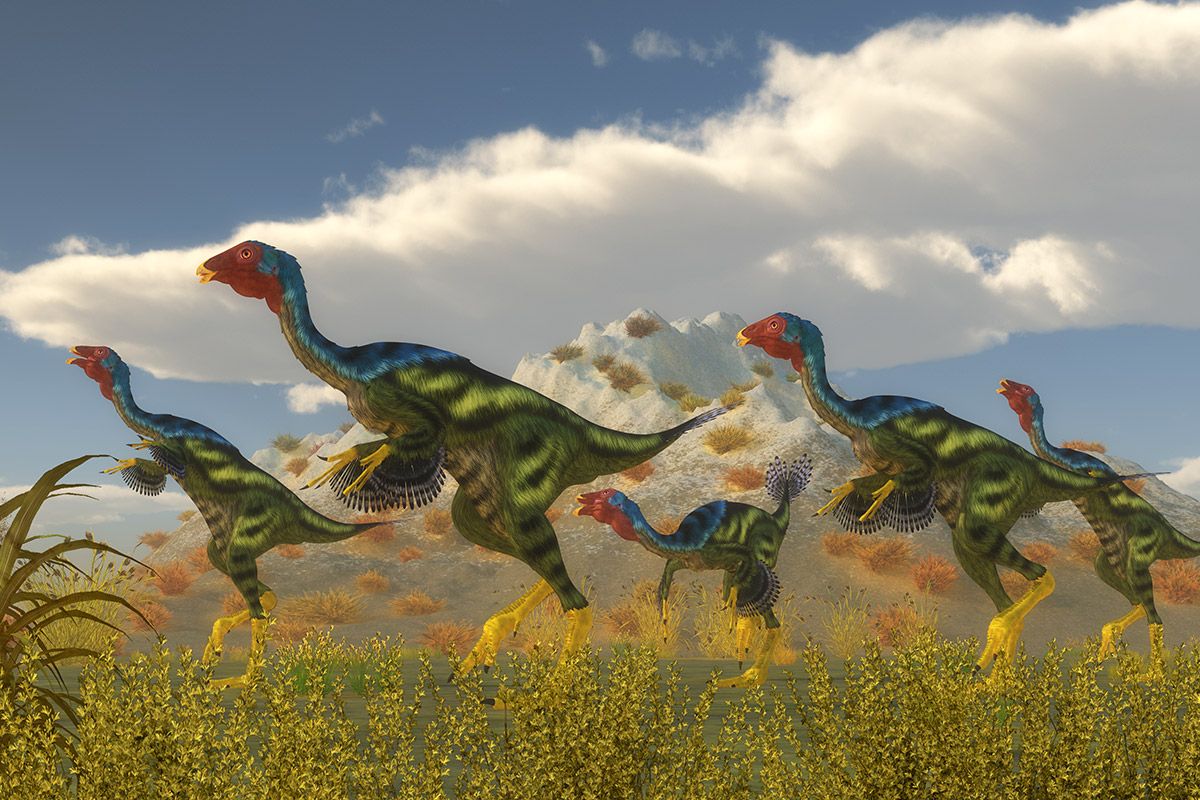
The Cretaceous, the last and longest period of the dinosaur age, lasted from about 145.5 million to about 65.5 million years ago. During the Cretaceous, mammals were small, about rat size, and the land was ruled by dinosaurs, including the duck-bills (hadrosaurs), horned dinosaurs (Triceratops), long-neck sauropods (Dreadnoughtus) and the tyrannosaurs (Tyrannosaurus rex). When the 79-million-year-long period ended, largely because of a 6-mile-wide (10 kilometers) asteroid slamming into the Yucatan Peninsula, about 80 percent of all animal species went extinct, including the non-avian dinosaurs.
Latest about cretaceous period
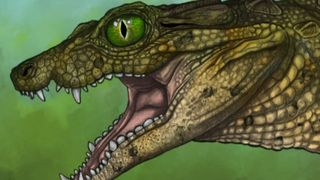
95 million-year-old 'tiny, tiny skull' from never-before-seen crocodile-like creature discovered in Montana
By Sascha Pare published
Researchers have described a whole new family of extinct crocodyliforms based on the fossilized remains of a single teenage croc named Elton discovered in the Blackleaf Formation.
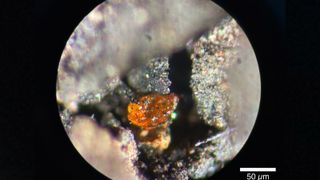
'Another piece of the puzzle': Antarctica's 1st-ever amber fossil sheds light on dinosaur-era rainforest that covered South Pole 90 million years ago
By Harry Baker published
Until now, Antarctica was the only continent on Earth without any known amber fossils. But sediment cores taken from below the seafloor have revealed a tiny piece of fossilized resin holding fragments of an ancient rainforest that covered the South Pole during the Cretaceous period.
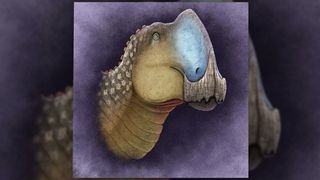
Duck-billed dino with absolutely enormous honker unearthed in Mexico
By Sierra Bouchér published
The newly named dinosaur is unique to Mexico, and it's helping change scientists' understanding of dinosaur ranges across the Americas.

If you thought T. rex had tiny arms, wait until you see this apex predator's ridiculously tiny appendages
By Patrick Pester published
Newly discovered dinosaur — the apex predator of its environment — had a weirdly flat skull compared to its contemporaries, along with ridiculously small arms.
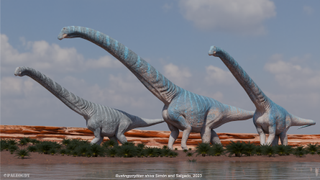
Enormous dinosaur dubbed Shiva 'The Destroyer' is one of the biggest ever discovered
By Patrick Pester published
Researchers discovered the remains of a huge dinosaur named Bustingorrytitan shiva last year and have now released artistic reconstructions of the Cretaceous giant.

'Living fossil' tree frozen in time for 66 million years being planted in secret locations
By Richard Pallardy published
Wollemi pines — thought to have gone extinct 2 million years ago — were rediscovered in 1994. Scientists are now hoping to reintroduce the species in the wild in a conservation effort that could take centuries.
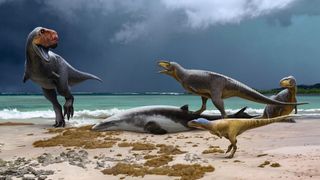
'Cut down in their prime': Dinosaurs were thriving in Africa before the asteroid hit
By Nicholas R. Longrich published
The discovery of predatory dinosaurs in marine sediments in Morocco suggests life was abundant and diversifying at the end of the Cretaceous period.
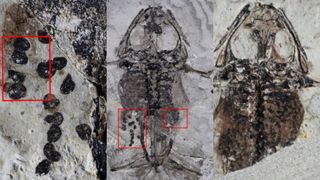
Dinosaur-era frog found fossilized with belly full of eggs and was likely killed during mating
By Jacklin Kwan published
Gravid frog found in 100 million-year-old deposits in China is oldest fossil of its kind ever discovered.
Get the world’s most fascinating discoveries delivered straight to your inbox.


